GPCR/G protein

All GPCRs share a common seven trans-membrane structure. GPCRs are associated with heterotrimeric G-proteins which are GTP-binding proteins made of alpha, beta, and gamma subunits. When a ligand binds to GPCR, it activates the attached G-protein, the GDP is replaced with GTP. The activated G-protein then dissociates into an alpha and a beta-gamma complex which activates downstream signaling pathways. These intracellular signaling pathways include cAMP/PKA, calcium/NFAT, phospholipase C, protein tyrosine kinases, MAP kinases, PI-3-kinase, nitric oxide/cGMP, Rho, and JAK/STAT.
GPCRs are one of the most important therapeutic targets for various diseases, over 30% of all modern medicinal drugs target this family. Aberrant GPCR functions are involved in pathological conditions such as neurological, immunological and hormonal disorders. A large number of GPCRs have been identified, but whose ligands are not known, are classified as orphan receptors.
-
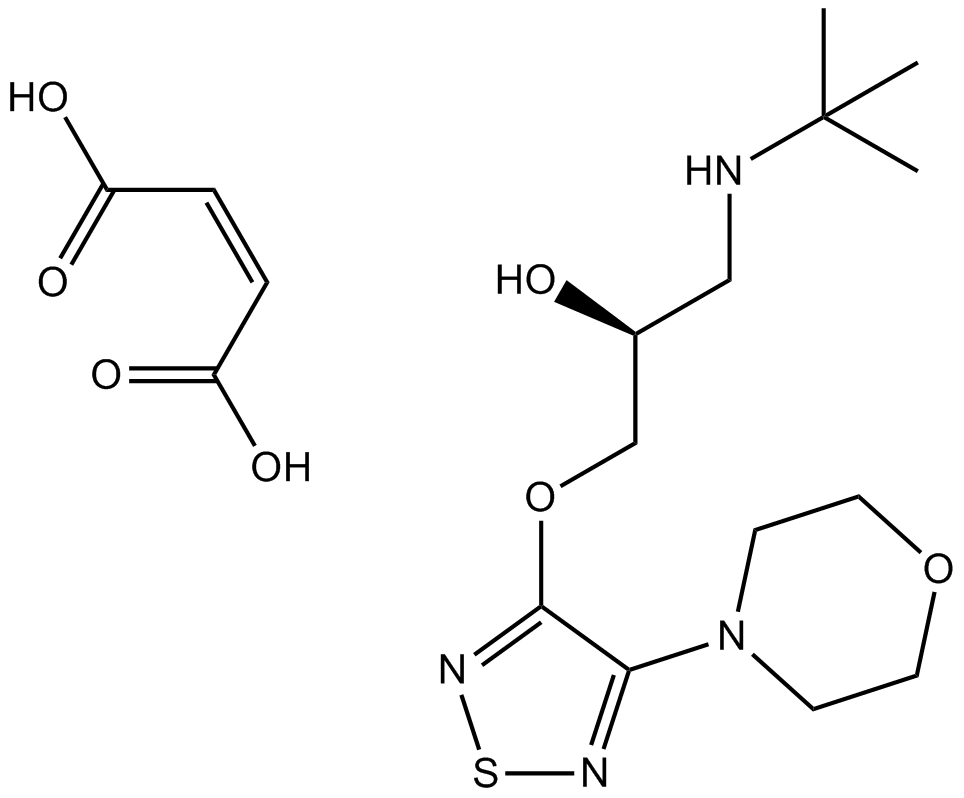 B1350 Timolol MaleateSummary: Non-selective, beta-adrenergic receptor antagonist
B1350 Timolol MaleateSummary: Non-selective, beta-adrenergic receptor antagonist -
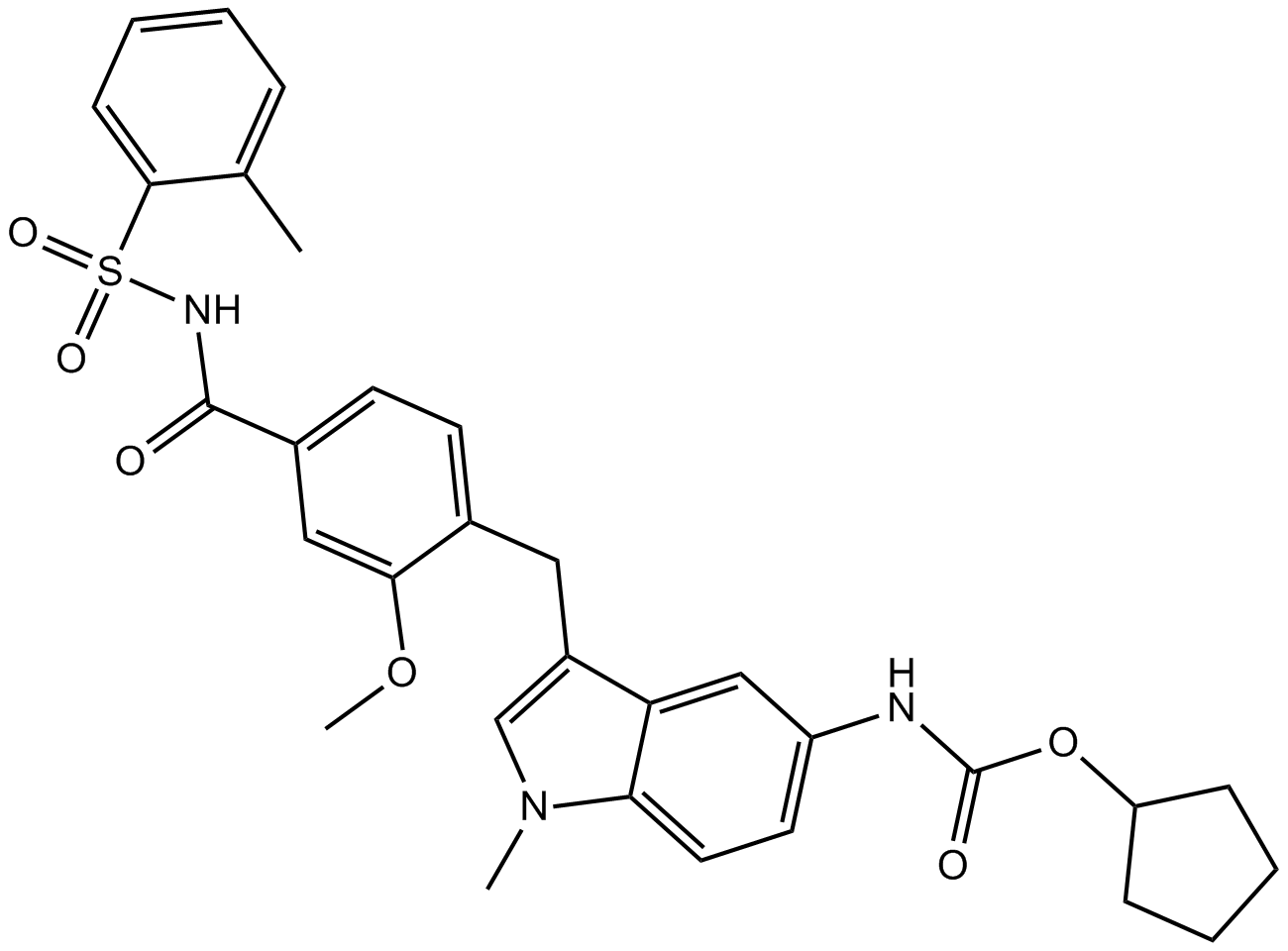 B2068 ZafirlukastTarget: Leukotriene and Related ReceptorsSummary: oral leukotriene receptor antagonist
B2068 ZafirlukastTarget: Leukotriene and Related ReceptorsSummary: oral leukotriene receptor antagonist -
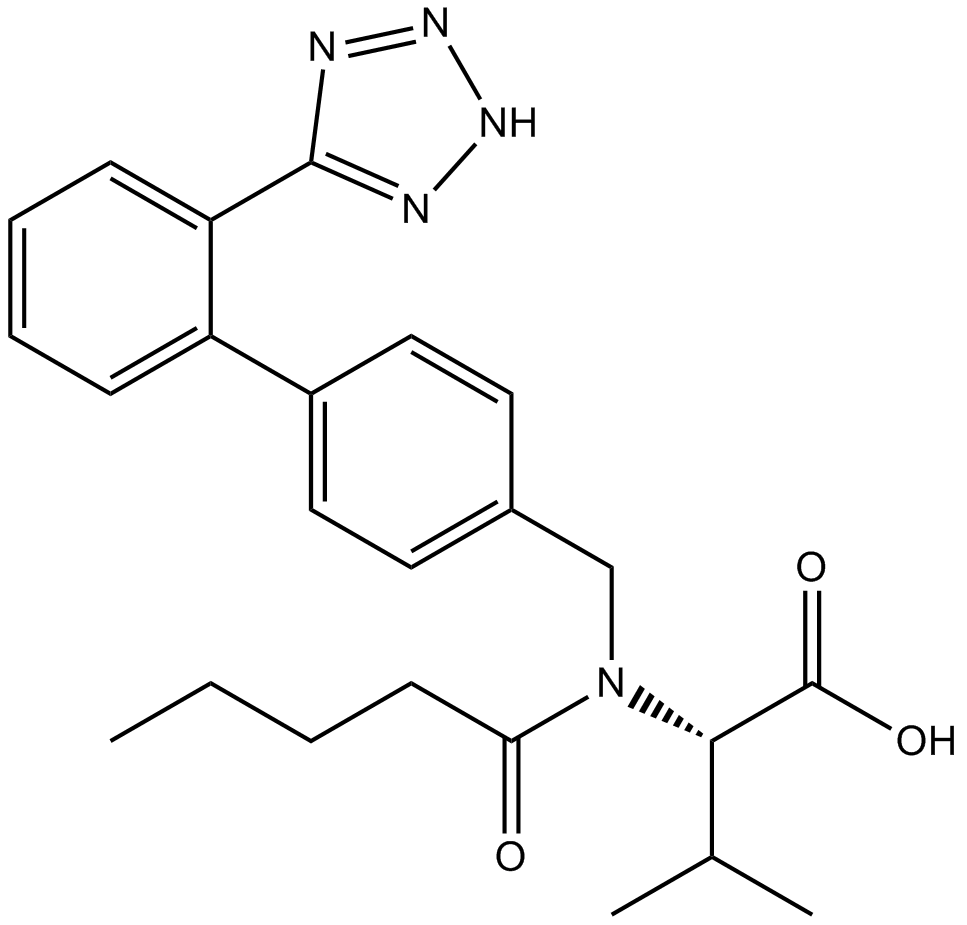 B2214 ValsartanTarget: Angiotensin AT1 ReceptorsSummary: Angiotensin II AT1 receptor antagonist
B2214 ValsartanTarget: Angiotensin AT1 ReceptorsSummary: Angiotensin II AT1 receptor antagonist -
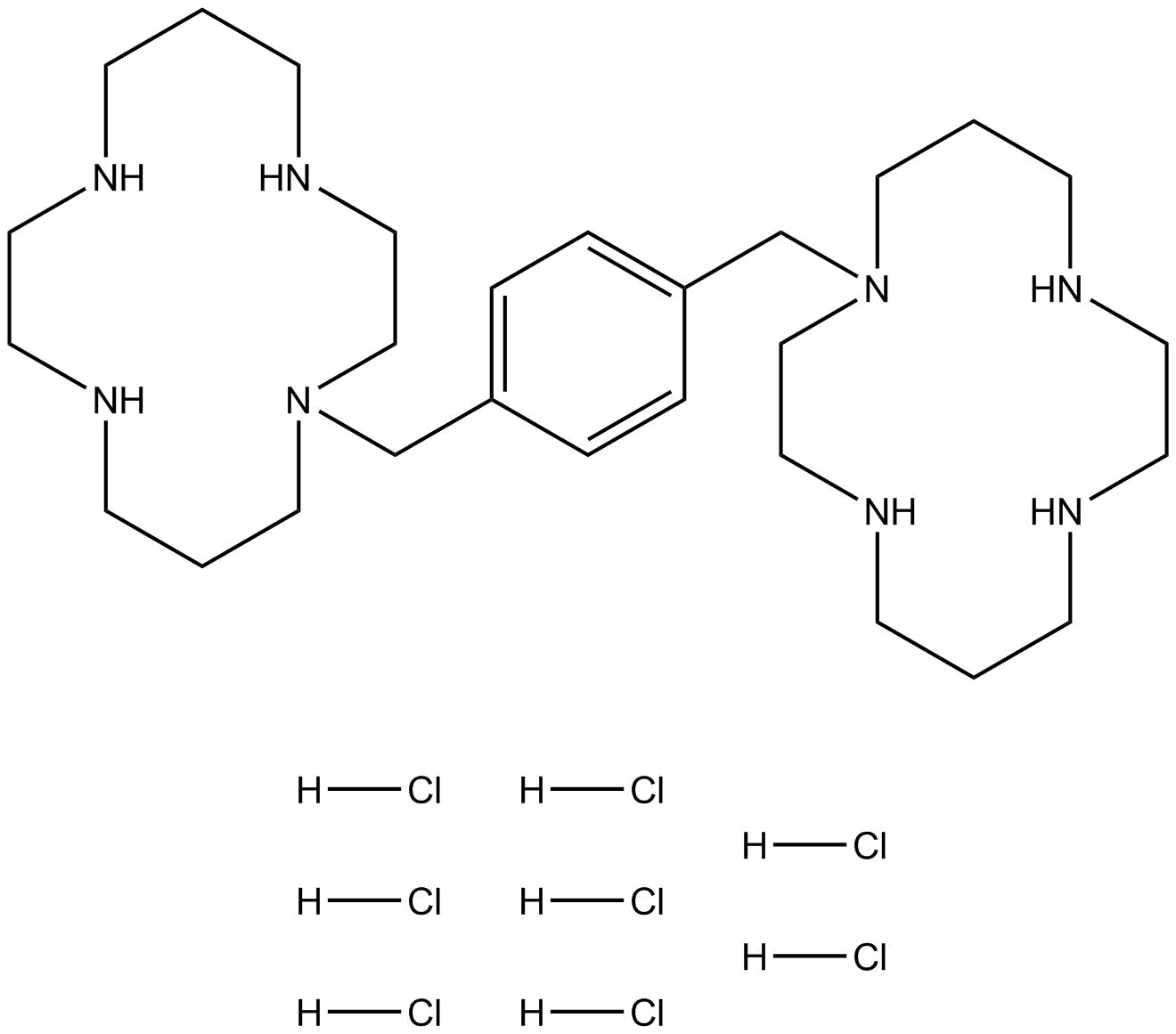 B1465 Plerixafor 8HCl (AMD3100 8HCl)Target: CXCRSummary: CXCR4 antagonist
B1465 Plerixafor 8HCl (AMD3100 8HCl)Target: CXCRSummary: CXCR4 antagonist -
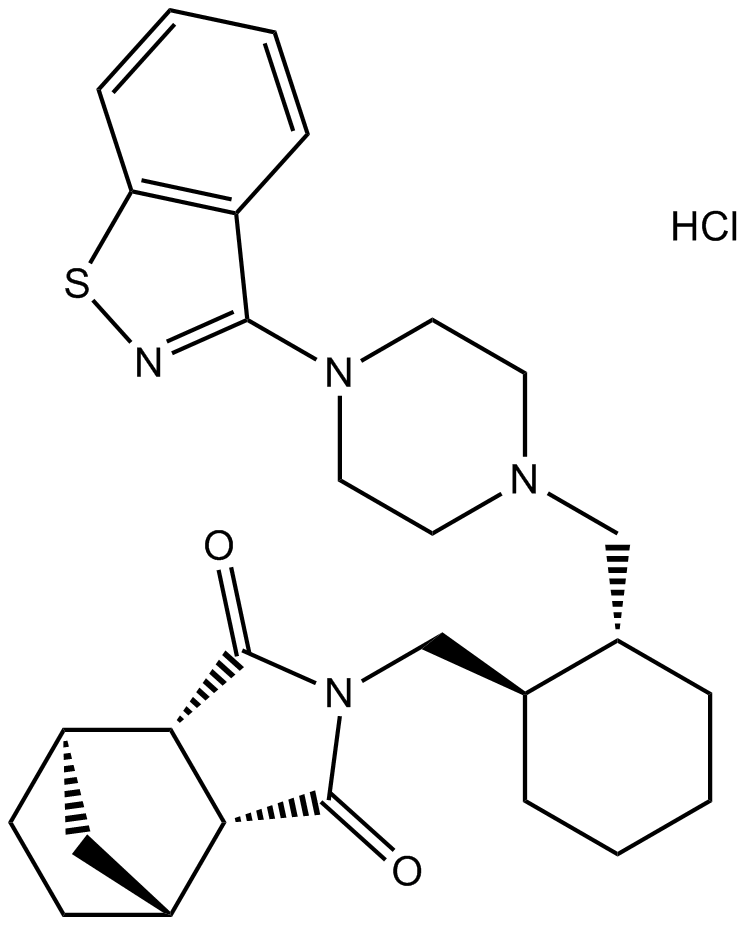 B1477 Lurasidone HClTarget: 5-HT2 Receptors|D2 Receptors|5-HT1 Receptors|5-HT7 ReceptorsSummary: Dopamine D2/5-HT2A/5-HT7/5-HT1A inhibitor
B1477 Lurasidone HClTarget: 5-HT2 Receptors|D2 Receptors|5-HT1 Receptors|5-HT7 ReceptorsSummary: Dopamine D2/5-HT2A/5-HT7/5-HT1A inhibitor -
 B2258 Tropisetron HydrochlorideTarget: 5-HT3 ReceptorsSummary: 5-HT3 receptor antagonist
B2258 Tropisetron HydrochlorideTarget: 5-HT3 ReceptorsSummary: 5-HT3 receptor antagonist -
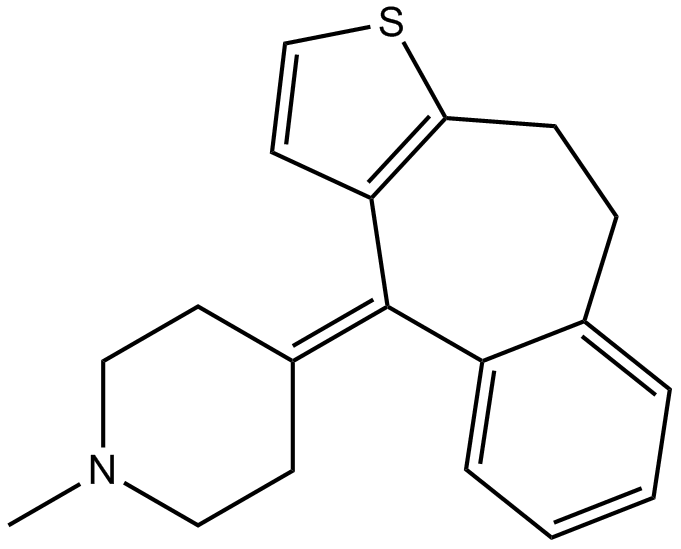 B1206 PizotifenTarget: 5-HT2 ReceptorsSummary: Highly selective 5-HT receptor blocking agent
B1206 PizotifenTarget: 5-HT2 ReceptorsSummary: Highly selective 5-HT receptor blocking agent -
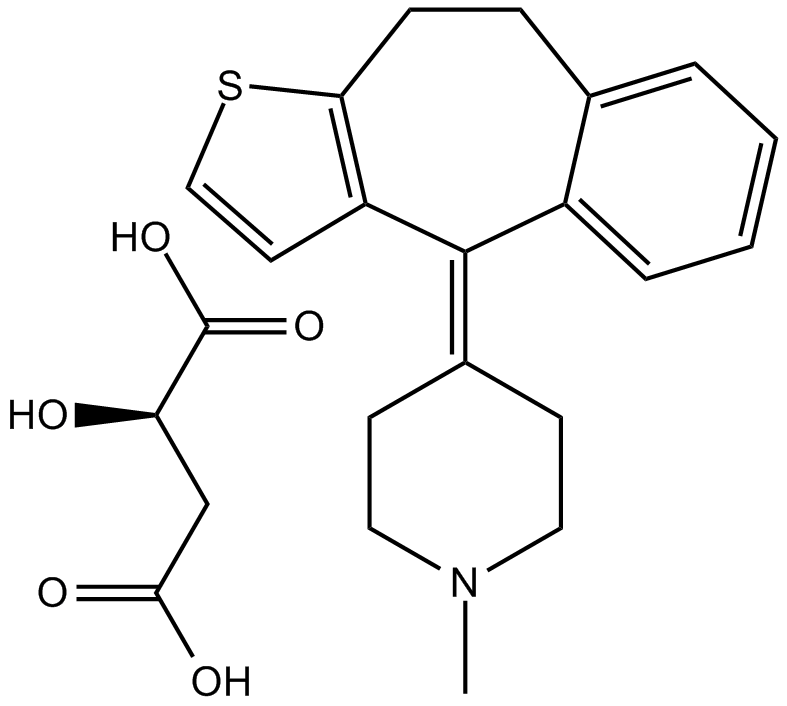 B2007 Pizotifen MalateTarget: 5-HT2 Receptors|D2 ReceptorsSummary: 5-HT receptor antagonist
B2007 Pizotifen MalateTarget: 5-HT2 Receptors|D2 ReceptorsSummary: 5-HT receptor antagonist -
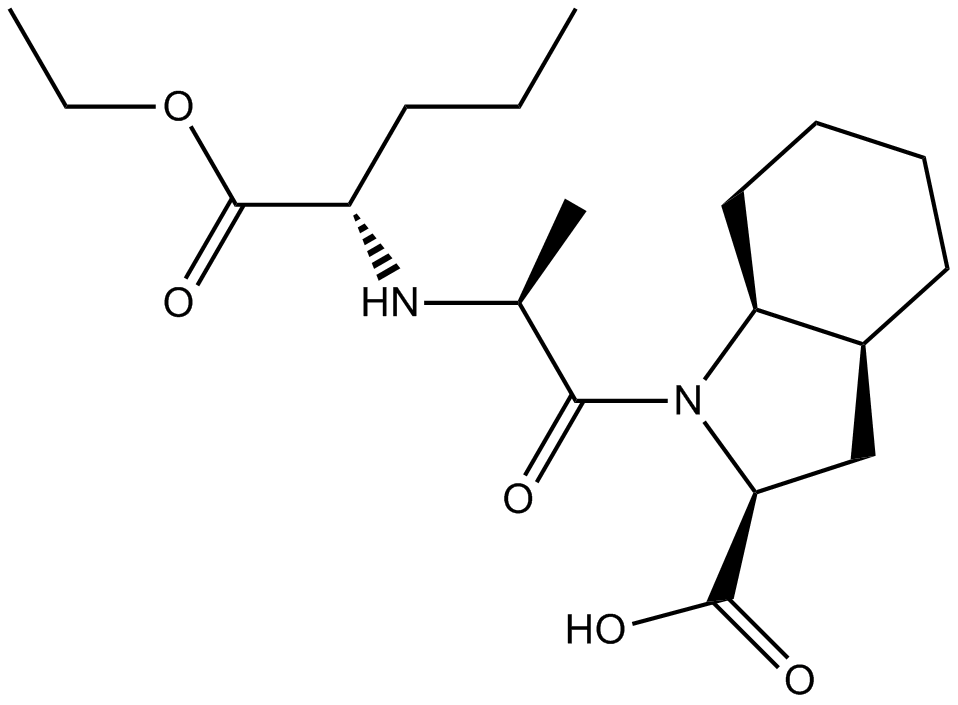 B1214 PerindoprilTarget: Angiotensin-Converting Enzymes (ACEs)Summary: ACE inhibitor
B1214 PerindoprilTarget: Angiotensin-Converting Enzymes (ACEs)Summary: ACE inhibitor -
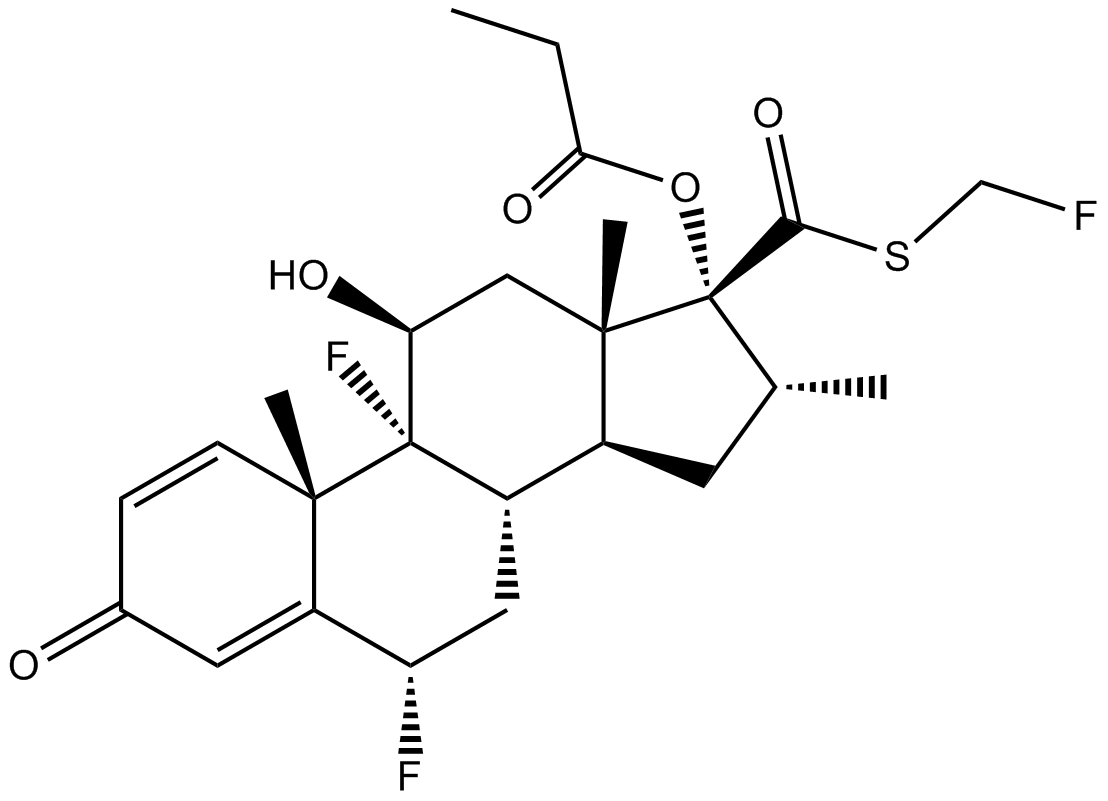 B2096 Fluticasone propionateTarget: Glucocorticoid ReceptorsSummary: High affinity, selective glucocorticoid receptor agonist
B2096 Fluticasone propionateTarget: Glucocorticoid ReceptorsSummary: High affinity, selective glucocorticoid receptor agonist

